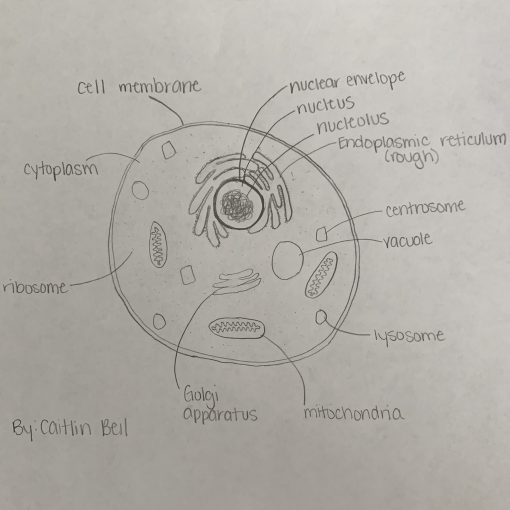Technology for Prevention of Waterborne Disease
Outbreaks of cholera, caused by Vibrio cholerae, have occurred throughout the world over the last two centuries. Proper precautions are critical to preventing future outbreaks, especially in vulnerable populations where cholera is endemic. Spread via the fecal-oral route, adequate sanitation through wastewater management and drinking water treatment are the cornerstone of modern prevention efforts (3). Recent development and approval of a cholera vaccine offers an additional prevention option against the potentially fatal disease.
The Centers for Disease Control and Prevention highlight access to safe water as the primary means of cholera prevention. This requires both the proper disposal of human waste and the ability to treat water prior to consumption (1). In developed nations, community sewers and wastewater treatment prevent fecal contamination of drinking water supplies. These communities also benefit from municipal water supplies of safe drinking water. However, developing nations that lack the necessary infrastructure for prevention continue to struggle with outbreaks despite modern technology.
On an individual level, treatment of water in developing areas remains the most effective preventative measure against cholera outbreaks. Boiling or chlorinating water prior to use kills the bacteria or reduces the levels of bacteria to within a safe limit. Public health campaigns encouraging the consumption of only safe drinking water in endemic areas have helped to reduce incidence of infections. Rudimentary filtration through layered fabrics has also reduced the transmission of cholera where more effective water treatment options are unavailable (4). While helpful, additional resources are still needed to further prevent the spread of cholera in both endemic areas and as epidemics arise.
The recent development of the oral cholera vaccine, three pre-approved by the World Health Organization (WHO) and one approved by the United States Food and Drug Administration (FDA), has provided an additional resource in cholera prevention. The CDC recommends the vaccine, Vaxchora, for anyone traveling to an area where cholera is actively being transmitted. The vaccine was found to be 90% effective 10 days after administration, and 80% effective after 90 days. It is not yet known how long immunity persists beyond three months, but the waning effectiveness of this vaccine indicates it is not a long term solution for outbreak prevention (2).
Outside of the United States, the WHO has a global stockpile of oral vaccine doses to be used in their campaign to end cholera (5). Since the vaccine does not offer complete or long-lasting protection, it requires follow-up with implementation of more durable cholera control strategies. The WHO offers five additional interventions alongside vaccine administration, including sanitation, surveillance and community education (6). Use of the vaccine allows for a more proactive response to outbreaks compared to the reactionary response of treating cholera patients which can often overwhelm the local healthcare resources.
Proper drinking water and wastewater treatment has reduced or eliminated cholera in many places throughout the world. Regions without access to these technologies must rely on alternative water treatment measures to reduce the incidence of cholera infections. When transmission occurs, deploying the use of the oral cholera vaccine can provide a stopgap to prevent widespread outbreaks while more permanent prevention measures can be implemented.
References:
(1) Centers for Disease Control and Prevention (2017 Nov 13). Cholera – Vibrio cholerae infection: Five basic cholera prevention steps. https://www.cdc.gov/cholera/preventionsteps.html
(2) Centers for Disease Control and Prevention (2018 May 15). Cholera – Vibrio cholerae infection: Vaccines. https://www.cdc.gov/cholera/vaccines.html
(3) Harris, J.B., LaRocque, R.C., Qadri, F., Ryan, E.T., Calderwood, S.B. (2012) Cholera. The Lancet, 379(9835), 2466-2476. https://doi.org/10.1016/S0140-6736(12)60436-X
(4) Merrill, R.M., (2010). Introduction to Epidemiology (5th edition). Jones and Bartlett Publishers.
(5) World Health Organization (2017) Cholera: Oral cholera vaccines. https://www.who.int/cholera/vaccines/en/(6) World Health Organization (2017 Oct 3). Ending cholera: A global roadmap to 2030. https://www.who.int/cholera/publications/global-roadmap-summary.pdf?ua=1



